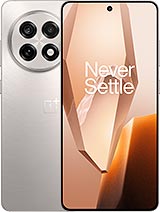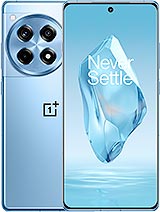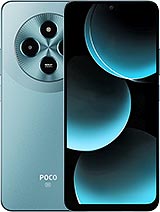OnePlus 13R alternatives
Tap above to see alternatives.
Samsung Galaxy F14 4G alternatives
Tap above to see alternatives.
OnePlus 13R

OnePlus 13R
-
Snapdragon 8 Gen 3
4 nm
-
6000 mAh
80W
-
6.78"
1264 x 2780 pixels
-
50 MP
4K@30/60fps
-
Specs

Samsung Galaxy F14 4G

Samsung Galaxy F14 4G
-
Snapdragon 680
6 nm
-
5000 mAh
25W
-
6.7"
1080x2400 pixels
-
50 MP
1080p@30fps
- Specs
1x3.3 GHz Cortex-X4
3x3.2 GHz Cortex-A720
2x3.0 GHz Cortex-A720
2x2.3 GHz Cortex-A520
2.4 GHz, Quad core, Kryo 265
1.9 GHz, Quad core, Kryo 265
16GB 512GB (UFS 4.0)
f/1.8, 24mm (wide), 1/1.56", 1.0µm, multi-directional PDAF, OIS
50 MP
f/2.0, 47mm (telephoto), 1/2.75", 0.64µm, PDAF, 2x optical zoom
8 MP
f/2.2, 16mm, 112˚ (ultrawide), 1/4.0", 1.12µm
f/1.8, (wide)
2 MP
f/2.4, (depth)
2 MP
f/2.4, (macro)
1080p@30/60/120/240fps
f/2.4, 26mm (wide), 1/3.1", 1.0µm
f/2.0, (wide)
gyro-EIS
SIM1: Nano, SIM2: Nano
SIM1: Nano, SIM2: Nano
9 5G bands
n1, n3, n5, n8, n28, n40, n41, n77, n78
In this performance comparison, the OnePlus 13R with its Qualcomm Snapdragon 8 Gen 3 (4nm) performs better than the Samsung Galaxy F14 4G with the Qualcomm Snapdragon 680 (6nm), thanks to superior chipset efficiency.
OnePlus 13R offers 4 years of OS updates, whereas Samsung Galaxy F14 4G provides 2 years. For security updates, OnePlus 13R offers 6 years of support compared to Samsung Galaxy F14 4G's 4 years.
OnePlus 13R features a superior AMOLED display, while Samsung Galaxy F14 4G comes with an LCD panel. In terms of smoothness, OnePlus 13R offers a higher 120 Hz refresh rate, ensuring fluid scrolling and animations. Both devices deliver the same brightness level at nits. Notably, OnePlus 13R offers a higher screen resolution, resulting in sharper visuals and more detailed content.
OnePlus 13R comes with a larger 6000 mAh battery, which may offer longer usage on a single charge. OnePlus 13R also supports faster wired charging at 80W, compared to 25W on Samsung Galaxy F14 4G.
OnePlus 13R includes an IP65 rating, while Samsung Galaxy F14 4G lacks an official IP rating.
- OnePlus 13R – Check price here
¹ Scores can vary even with the same chipset due to RAM, thermals, and software optimization.










